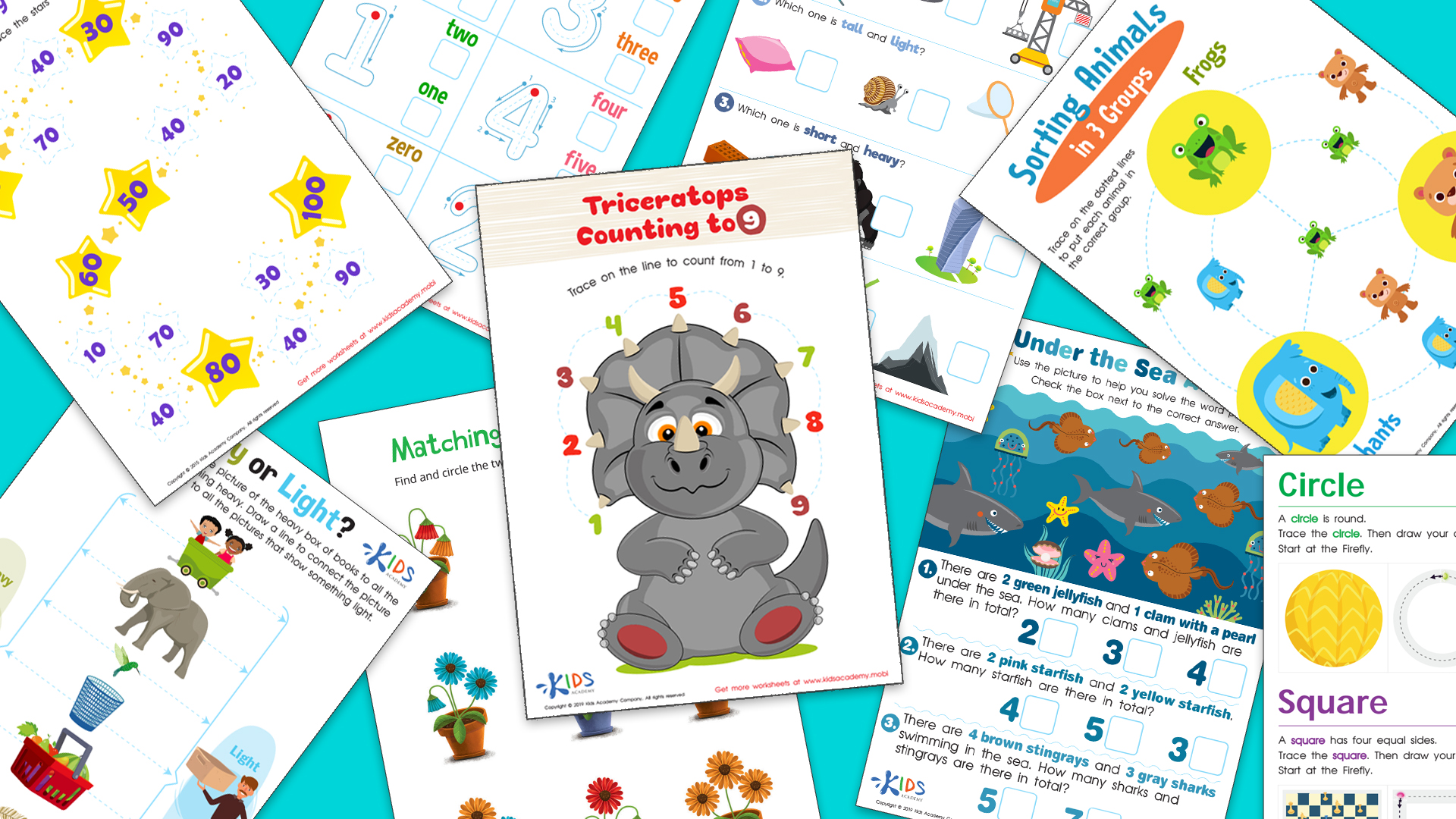Understanding quantity Worksheets for 6-Year-Olds
7 filtered results
-
From - To
Our "Understanding Quantity Worksheets for 6-Year-Olds" are thoughtfully designed to aid young children in grasping fundamental math concepts. These printable worksheets combine fun and engaging activities to help kids recognize and compare quantities, enhancing their counting skills and number sense. With vibrant illustrations and practice exercises, children can explore simple addition and subtraction, identify larger and smaller numbers, and understand part-whole relationships. Perfect for homeschooling or supplementary practice, these worksheets ensure a solid foundation in early math, fostering confidence and a love for learning in your little one. Explore our collection today for effective and enjoyable learning!


Counting With Drawings. Does It Make Sound? Worksheet


Building with 8 Worksheet
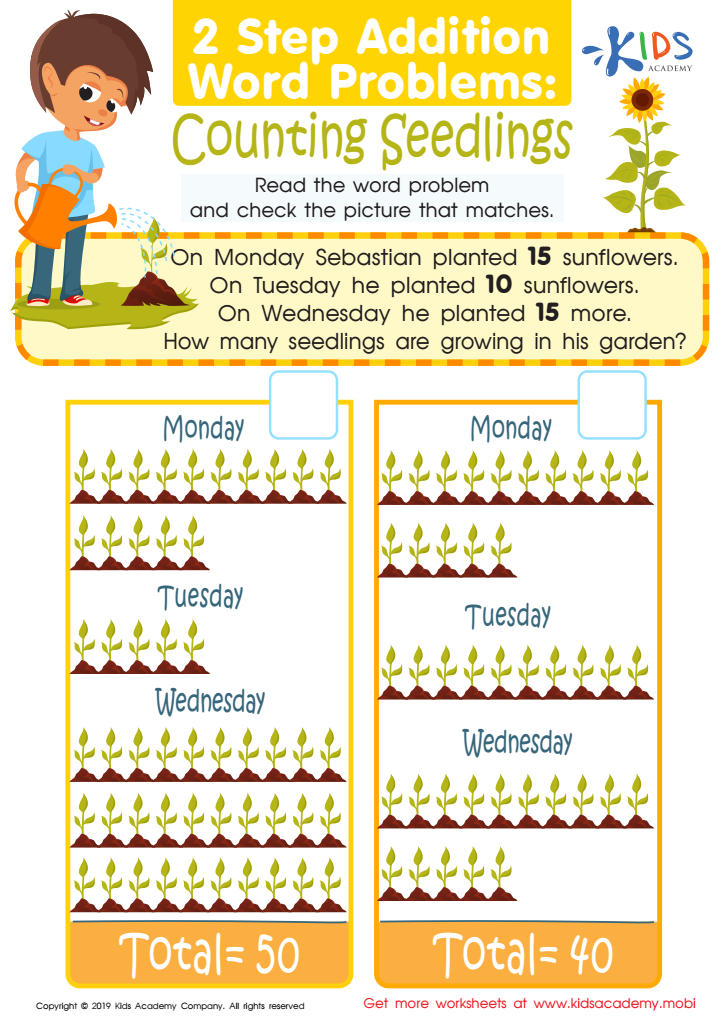

Counting Seedlings Worksheet
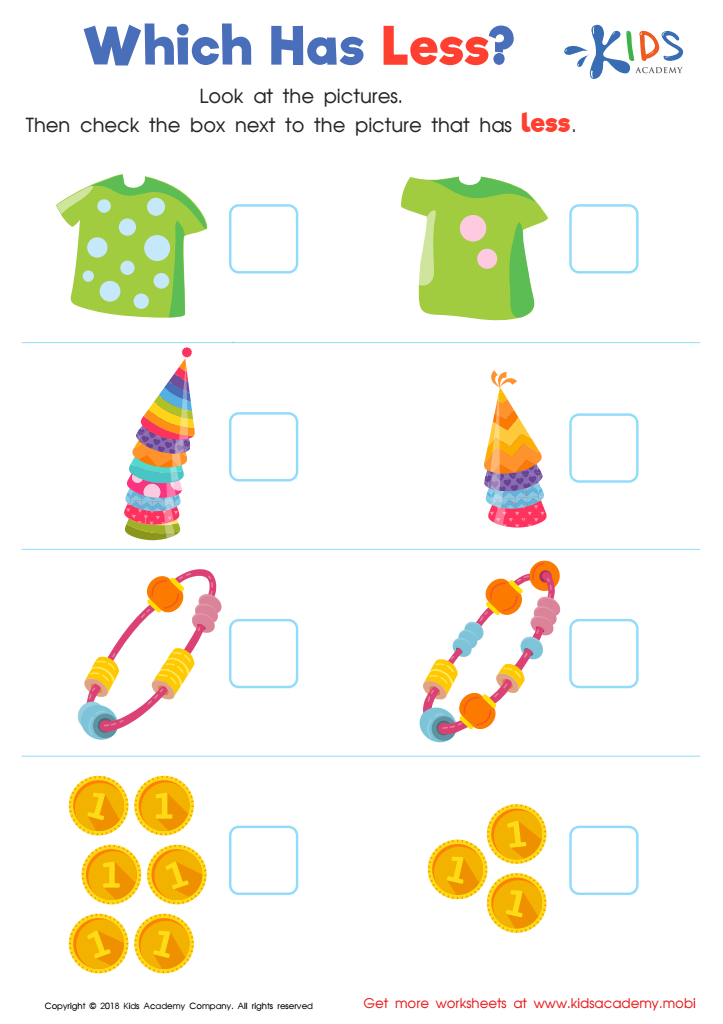

Which Has Less? Worksheet
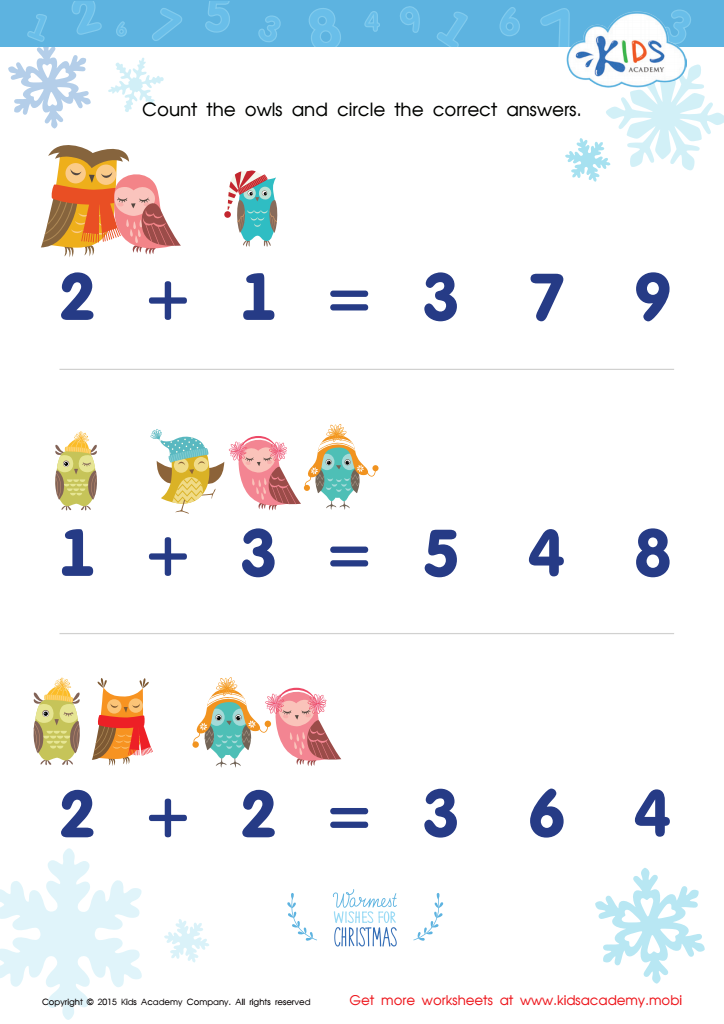

Count Little Owls Worksheet
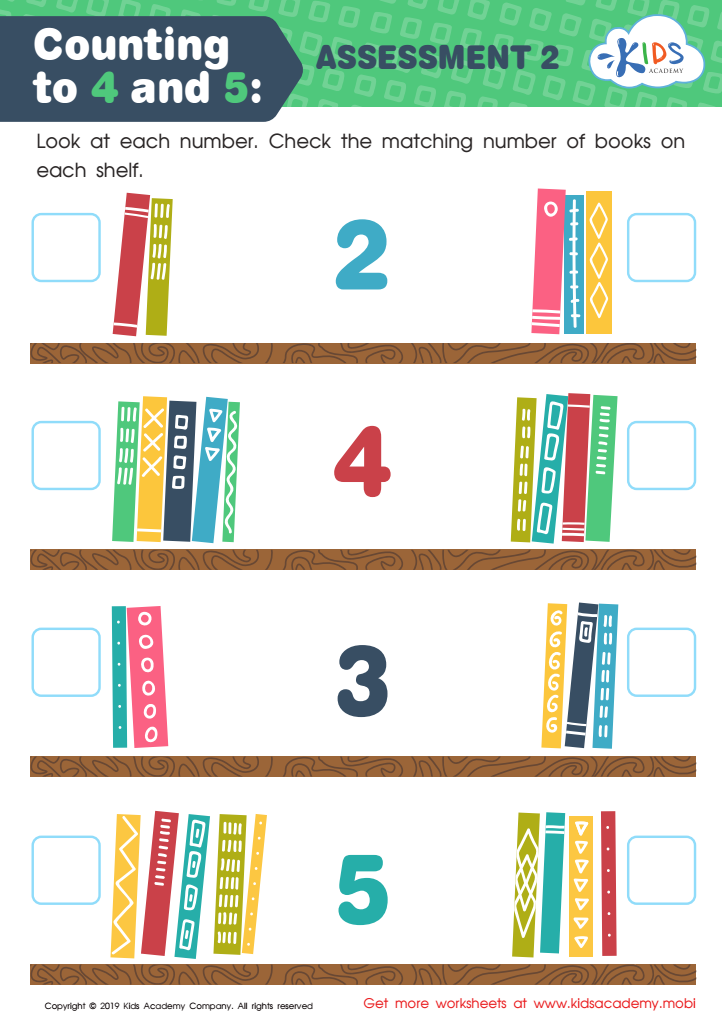

Counting to 4 and 5: Assessment 2 Worksheet
Understanding quantity is crucial for 6-year-olds because it lays the foundation for essential math skills and cognitive development. At this age, children start forming a concrete understanding of numbers and their relationships, which are building blocks for arithmetic, logical reasoning, and problem-solving skills they will need throughout their education and everyday life.
Parents and teachers should care because this understanding directly impacts a child's academic success and self-confidence in math. Grasping the concept of quantity helps children perform basic operations like addition and subtraction more easily and accurately, which are essential for higher-level math topics. Additionally, it enhances their ability to comprehend time, money, measurement, and spatial relationships, making daily tasks like telling time or sharing snacks fairer and more meaningful.
From a developmental perspective, activities that nurture quantitative understanding promote fine motor skills, as children learn to count objects, arrange them, and classify them. Interactive experiences with quantity, such as playing with blocks or counting games, trigger curiosity, critical thinking, and persistence.
In summary, a solid grasp of quantity in early childhood fuels both immediate learning triumphs and long-term achievements across various subjects, making it an area worthy of focused attention from both parents and educators.
 Assign to My Students
Assign to My Students
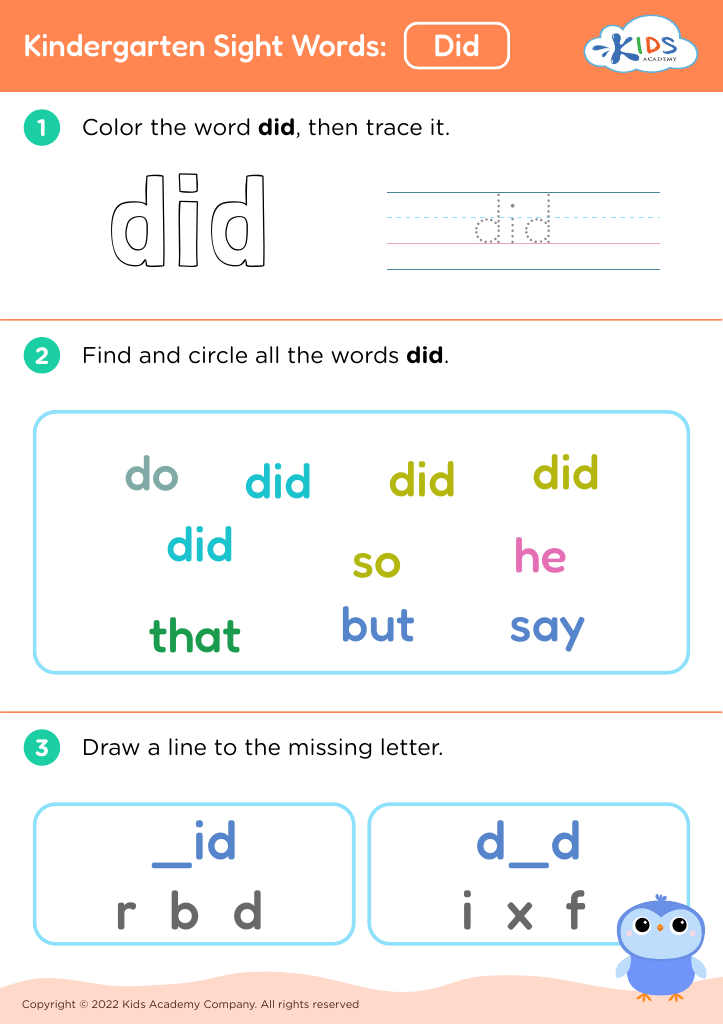




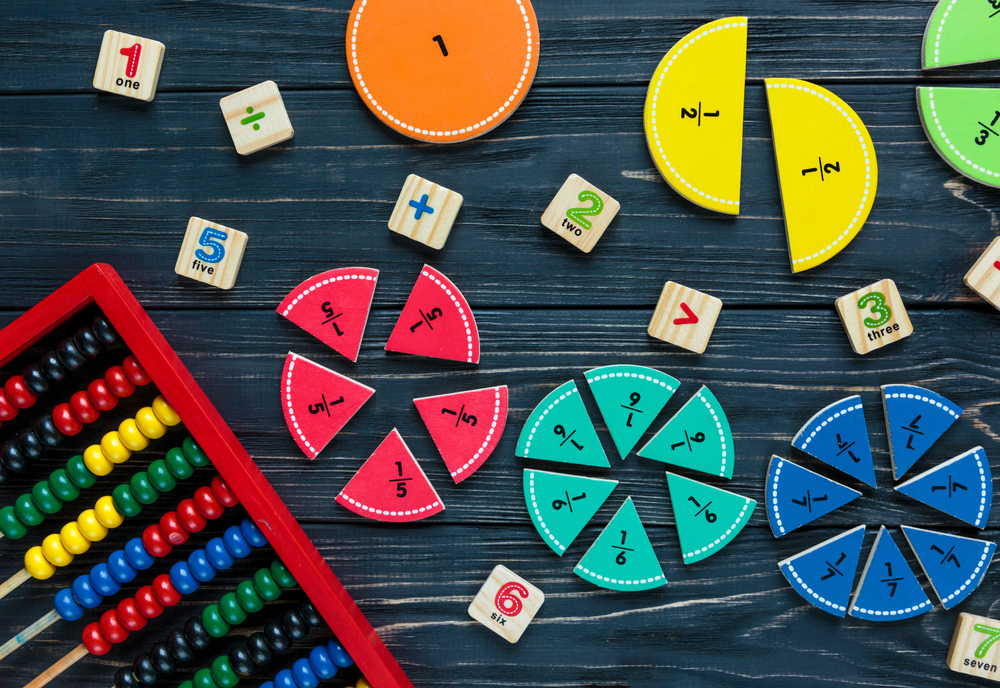
.jpg)

